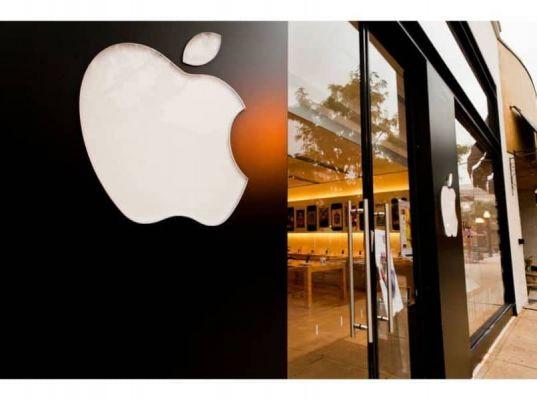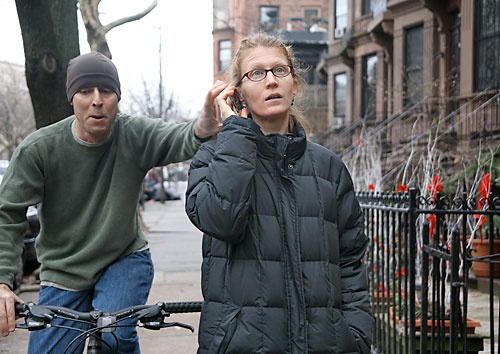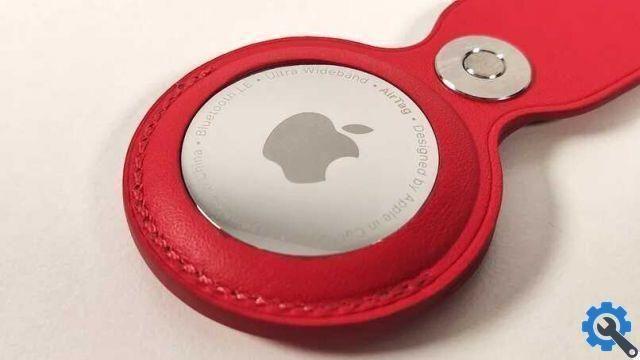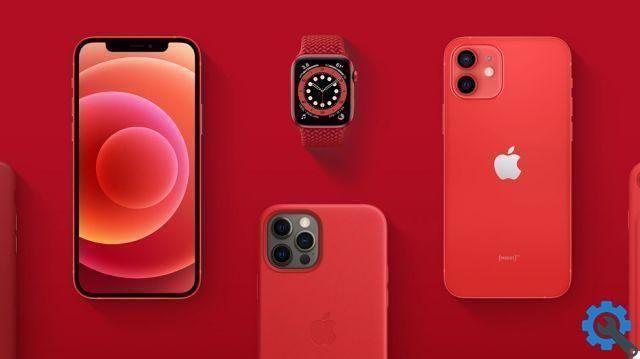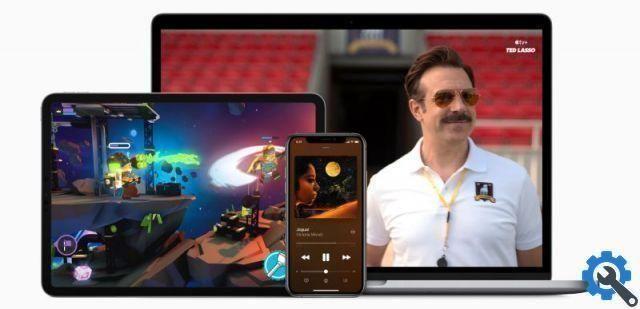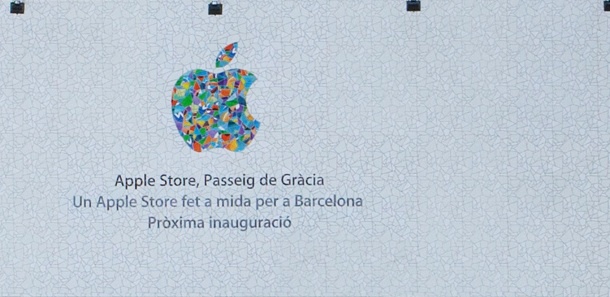Spectacular article in the Harvard Business Review, written by Apple University Vice President Joel M. Podolny. If you're interested in how Apple is organized to make sure its innovation goal remains the goal of everyone within the company and doesn't turn into a war of tribes fighting to put their ideas in the president's head, this is is a must read.
Here are some phrases:
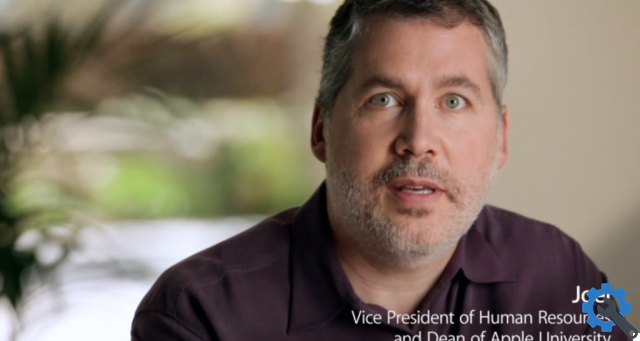
[Steve] Jobs, in his first year as CEO, fired all CEOs of all business units (in one day), put the entire company under one profit and loss (P&L) account, and merged the different departments functionalities of the business units in a single functional organization.
CEO Tim Cook occupies the only position in the organizational chart where the design, engineering, operations, marketing and sales of one of Apple's leading products coincide. In fact, aside from the CEO, the company operates without conventional CEOs.
To create these innovations, Apple relies on a framework that focuses on functional experience. The core belief is that those who have the most experience and training in an area should have the right to make decisions about that area.
Long before it can have market feedback and predictions, the company has to bet on which technologies and designs are most likely to be successful on smartphones, computers, etc. Relying on technical experts rather than CEOs increases the likelihood that such bets will generate profits.
Apple's commitment to offering the best possible products would be undermined if short-term benefits and cost targets were the primary criteria for judging investments and leaders. Significantly, bonuses for senior R&D executives are based on the performance of the company rather than the costs or benefits of specific products. Therefore, product decisions are somewhat isolated from short-term financial pressures. The finance team is not involved in the product development of the design teams, and the design teams are not involved in pricing decisions.
While the fundamental principle of the unitary structure in a conventional company is to align responsibility and control, the fundamental principle of a functional organization is to align experience and decision-making capacity.
Apple executives at any level, from senior vice president on down, are expected to have three key leadership traits: profound experience which allows them to actively participate in all the work that takes place within their specific roles, dive into details of these functions and the will of discuss collaboratively other functions during the decision making process.
Apple is not a company where CEOs supervise other directors; rather, it is a company where experts drive experts. It is assumed that it is easier to train an expert to lead than to train a director to be an expert.
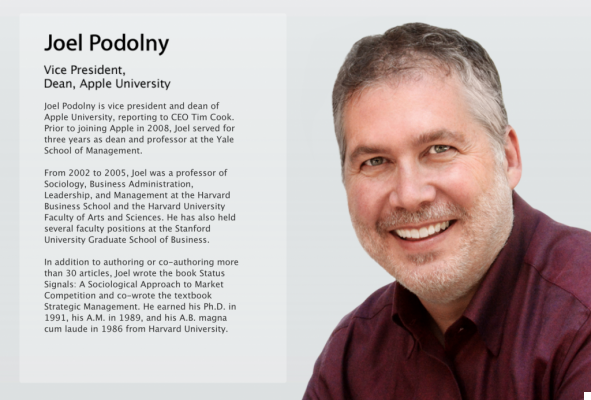
Apple leaders believe top talent want to work for and with other top talent in their field.
A principle that insinuates itself at all levels of Apple is " A leader must know the details of his department down to three levels below "Because it is essential to be able to make quick and effective decisions. If the directors attending a meeting where decisions are to be made do not have the details at hand, the decision must be made without knowing those details or postponed [until known].
Having leaders who are experts in their fields and who can go into every detail has huge implications for how Apple works. Leaders can push, thwart and "smell" a problem. They know which details are important and where to focus.
When debates stagnate, as they inevitably do, senior managers act as arbiters, sometimes including the CEO and senior vice presidents. Doing this at high speed with enough attention to detail is a challenge for even the best leaders, making it all the more important for the company to fill many senior positions with people from their own vice presidents who are experienced with the way the company operates. .
In order for someone to achieve and maintain a leadership position within a role, they must be a highly effective co-worker. This does not mean that people cannot express their opinions. Leaders are expected to have strong, well-grounded opinions and passionately defend them. But at the same time, be willing to change your mind if you are presented with evidence that the opinions of others are better.
That something is difficult is not an acceptable excuse for not being able to offer what is clearly a better [user] experience.
At Apple, there is a responsibility without control: you are responsible for the success of the project even if you do not control all the teams [that participate in it].
Discretionary Leadership: The leadership system of an Apple manager is divided into four aspects: the area of own responsibility (in which he is an expert), the learning zone (an area in which he drives, but is not an expert), the area of training (who leads the team that oversees the work carried out) and the area of the delegate (where the work is done by others and he supervises)
While Apple's vice presidents spend most of their time in their own areas of responsibility and learning, CEOs of other companies spend most of their time in their area of delegation.




